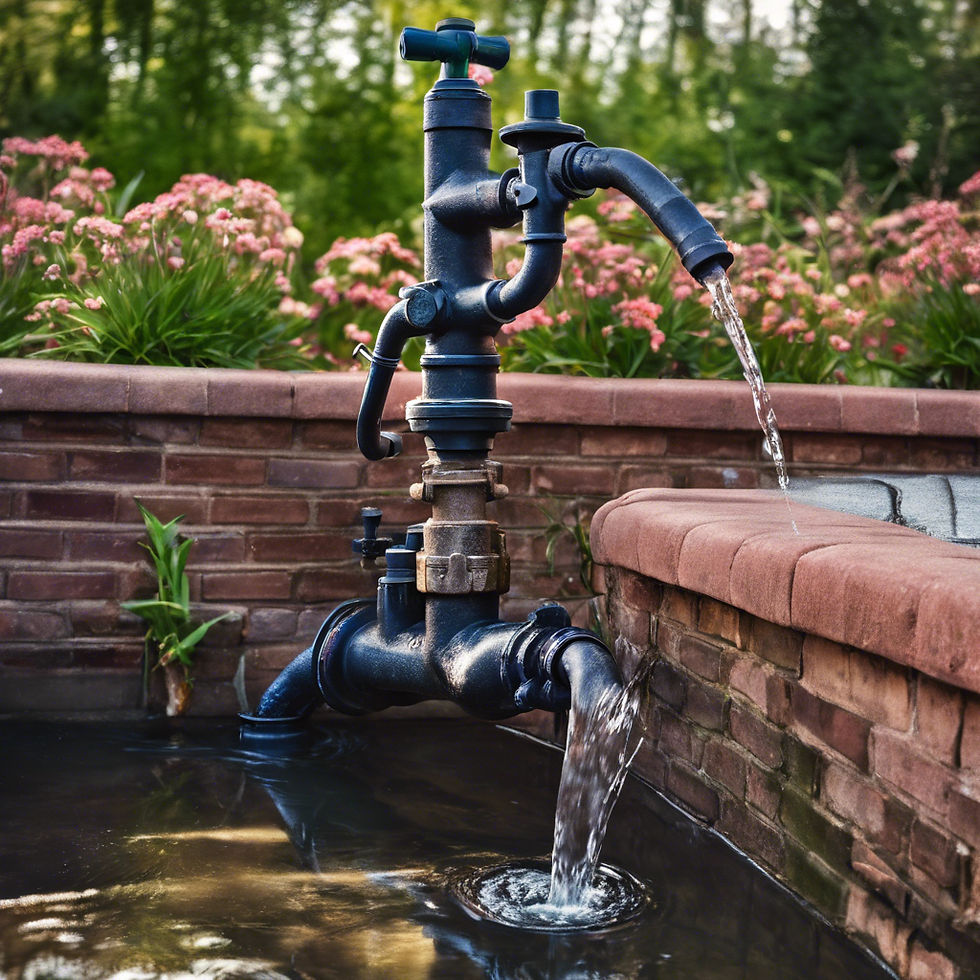Vacuum Breakers vs. Backflow Preventers: Unraveling the Intricacies
- bill57931
- May 29, 2024
- 2 min read

In the intricate world of plumbing and water systems, the safety and purity of water are of utmost importance. Two key players in this arena are vacuum breakers and backflow preventers. While they both aim to safeguard our water supply, their functionalities differ and are utilized in varying circumstances. This blog post will delve into the differences between vacuum breakers and backflow preventers, offering fresh insights and advice.
Decoding Vacuum Breakers
A vacuum breaker, a specific type of backflow prevention device, is designed to prevent contaminated water from being drawn back into the potable water supply. It achieves this by allowing air to infiltrate the water system, thereby disrupting the siphoning effect that can lead to backflow. Vacuum breakers are typically employed in systems where the water outlet could potentially be submerged in contaminated water, such as in irrigation systems or commercial sinks.
Demystifying Backflow Preventers
Conversely, a backflow preventer is a broader term for devices that obstruct the reverse flow of water. These devices find their use in a wide array of settings, ranging from residential homes to commercial establishments and industrial facilities. Backflow preventers can be intricate, multi-component devices that prevent backflow under various conditions, including fluctuations in water pressure.
Distinguishing Between Vacuum Breakers and Backflow Preventers
While both vacuum breakers and backflow preventers aim to protect the water supply, there are significant differences between them:
Functionality: Vacuum breakers specifically counteract back-siphonage, while backflow preventers can prevent both back-siphonage and backpressure-induced backflow.
Complexity and Cost: Vacuum breakers are generally simpler and less costly than many backflow preventers, which can comprise multiple check valves and pressure relief valves.
Usage: Vacuum breakers are commonly employed in systems where the risk of backflow is due to back-siphonage, such as irrigation systems. Backflow preventers find their use in a broader range of applications, including fire sprinkler systems and industrial processes.
Novel Ideas and Advice
As you navigate the complex world of water safety and backflow prevention, consider these innovative ideas and advice:
Professional Consultation: Always seek the advice of a plumbing professional when deciding between a vacuum breaker and a backflow preventer. They can evaluate your specific requirements and suggest the most appropriate device.
Regular Maintenance: Regardless of the device you opt for, regular maintenance is essential. This ensures the device continues to function optimally and safeguard your water supply.
Stay Informed: Plumbing codes and regulations are subject to change. Stay abreast of any updates to ensure your system remains compliant.
Conclusion
Understanding the differences between vacuum breakers and backflow preventers is vital in making an informed decision about which device best suits your needs. While they both aim to protect our water supply, their differences in functionality, complexity, cost, and usage make them suitable for different scenarios. Always remember to seek professional advice, maintain your device regularly, and stay updated about changes in regulations.







Comments